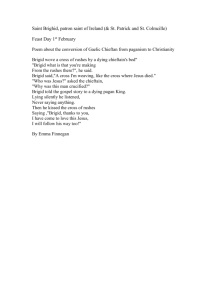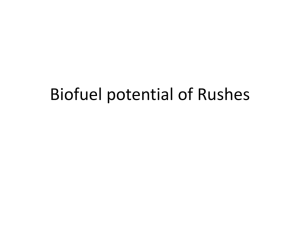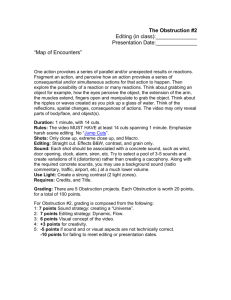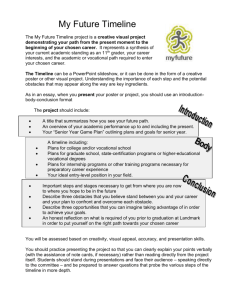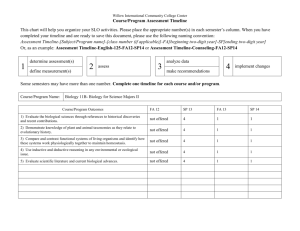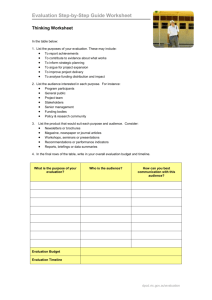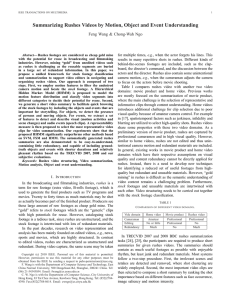commercial editing cheat
advertisement
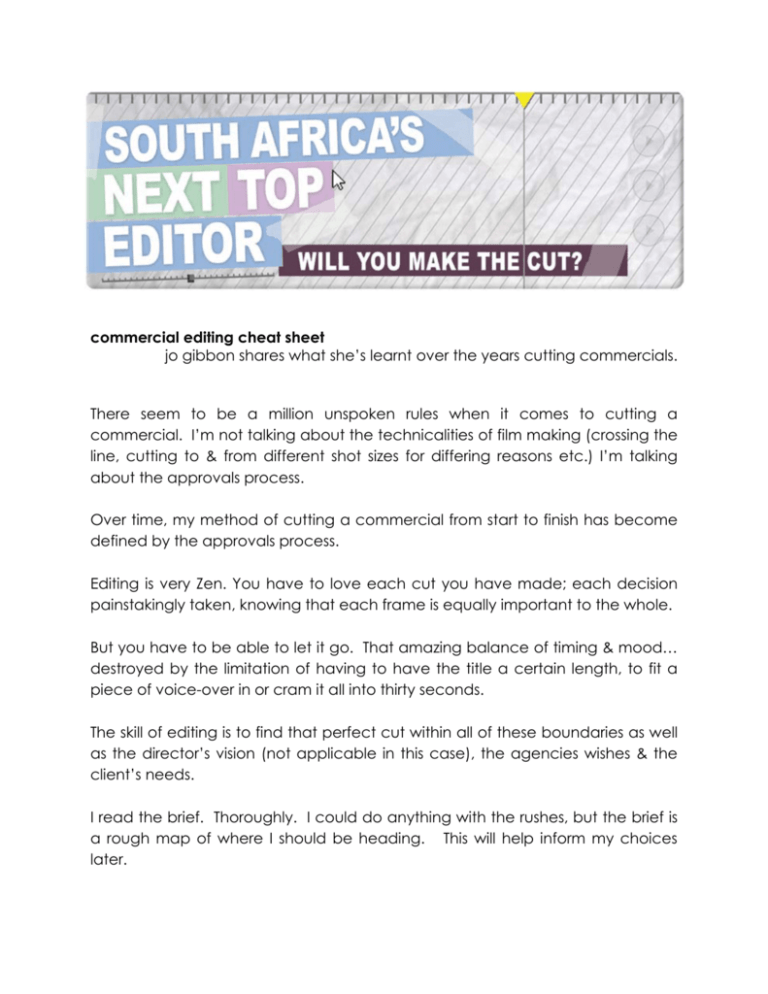
commercial editing cheat sheet jo gibbon shares what she’s learnt over the years cutting commercials. There seem to be a million unspoken rules when it comes to cutting a commercial. I’m not talking about the technicalities of film making (crossing the line, cutting to & from different shot sizes for differing reasons etc.) I’m talking about the approvals process. Over time, my method of cutting a commercial from start to finish has become defined by the approvals process. Editing is very Zen. You have to love each cut you have made; each decision painstakingly taken, knowing that each frame is equally important to the whole. But you have to be able to let it go. That amazing balance of timing & mood… destroyed by the limitation of having to have the title a certain length, to fit a piece of voice-over in or cram it all into thirty seconds. The skill of editing is to find that perfect cut within all of these boundaries as well as the director’s vision (not applicable in this case), the agencies wishes & the client’s needs. I read the brief. Thoroughly. I could do anything with the rushes, but the brief is a rough map of where I should be heading. This will help inform my choices later. I then start by going through the rushes. I order them into timelines by scene or character or rough story telling evolution. I leave everything in. I don’t cut out the n.g. (no good) takes. I leave in the shots of the director walking into shot to adjust an actor or a prop. Sometimes the bit you need is right before, after or during some of his mess. I watch them all real time. If something leaps out at me, I might make a mark or throw it in a selects timeline … but mostly I just watch & learn my rushes. This is so that, later when I’m in an approval & have made a decision to use one take out of twenty, I know exactly why. I also know what else is available if director, agency or client wants to see a different option. You have to keep in mind that the reasons that a particular take appeals to you might be different to that of others. You have to be very sure of your decision but open to trying other ideas. If you know your rushes then you can help guide this process instead of being at the mercy of other people’s ideas. Try not to over explain (sell) your idea. Rather show them an alternative & then (honestly) explain why you think it does or does not help the overall commercial. They (director/agency/client) have to be allowed their time to play with the footage. They may have been on set and remember, and have already gotten attached to, some performance or take. You are their guide in this process. They may try a million things and hate them all or their ideas might add to yours and take the commercial another notch up. These are the ideal outcomes. There are no guarantees. It is a part of the job to come out of the process with a cut that you’re happy with AND that everyone else (director/agency/client) is happy (hopefully over the moon) with. They have different boxes to tick from you. A great commercial is the successful managing of this process, making everyone happy that their vision and needs for the commercial have been fulfilled and STILL making an amazing creative piece of work. Once I feel like I “know” the rushes a bit better, I start to select. Remembering that story & performance are king. These selects are either marked in the timeline that has everything in it, or I make a separate selects timeline. This means that when you’re asked for other performance or shot options you can show your ideal shortlist rather than everything (which can be overwhelming). This is not a fixed rule as they may ask to see ALL the rushes. Let them. Trust the process. Try your best to make their idea work, then comment honestly as to why you think this choice makes the commercial stronger, weaker or no different from your original choice. Once I’ve made my selects, I pick a piece of music & then I start to cut. This is where I leave off … It now comes down to your personal style - no one cares what your process is, as long as you have an awesome commercial when you’re done. My only other tip is to cut to whatever length feels good. Then duplicate that timeline & refine it down to time. Present the cut that is to time. If you have several ideas then make several cuts. Try your favourite cut against other pieces of music. See if your original music choice is still the best one. Present your favourite cut first. Ask if you may present an alternative option, but know that presenting too many cuts will make you seem unsure. Lastly, work neatly. Keep track of the evolution of your cut. Keep track of the cuts as they change and evolve through the approval process. Save often. Have fun.





